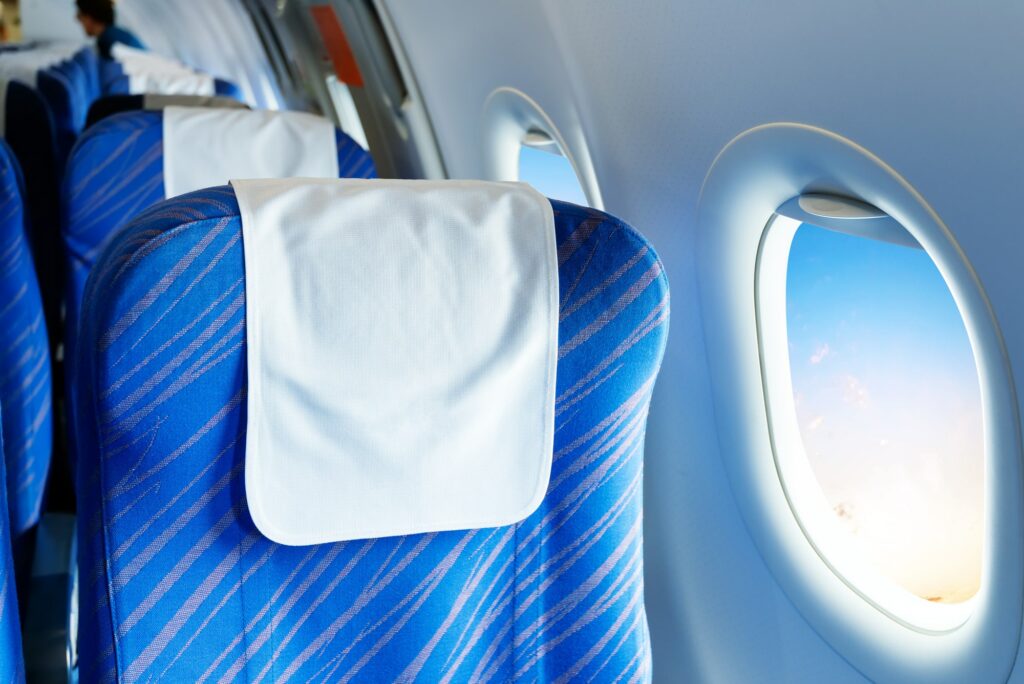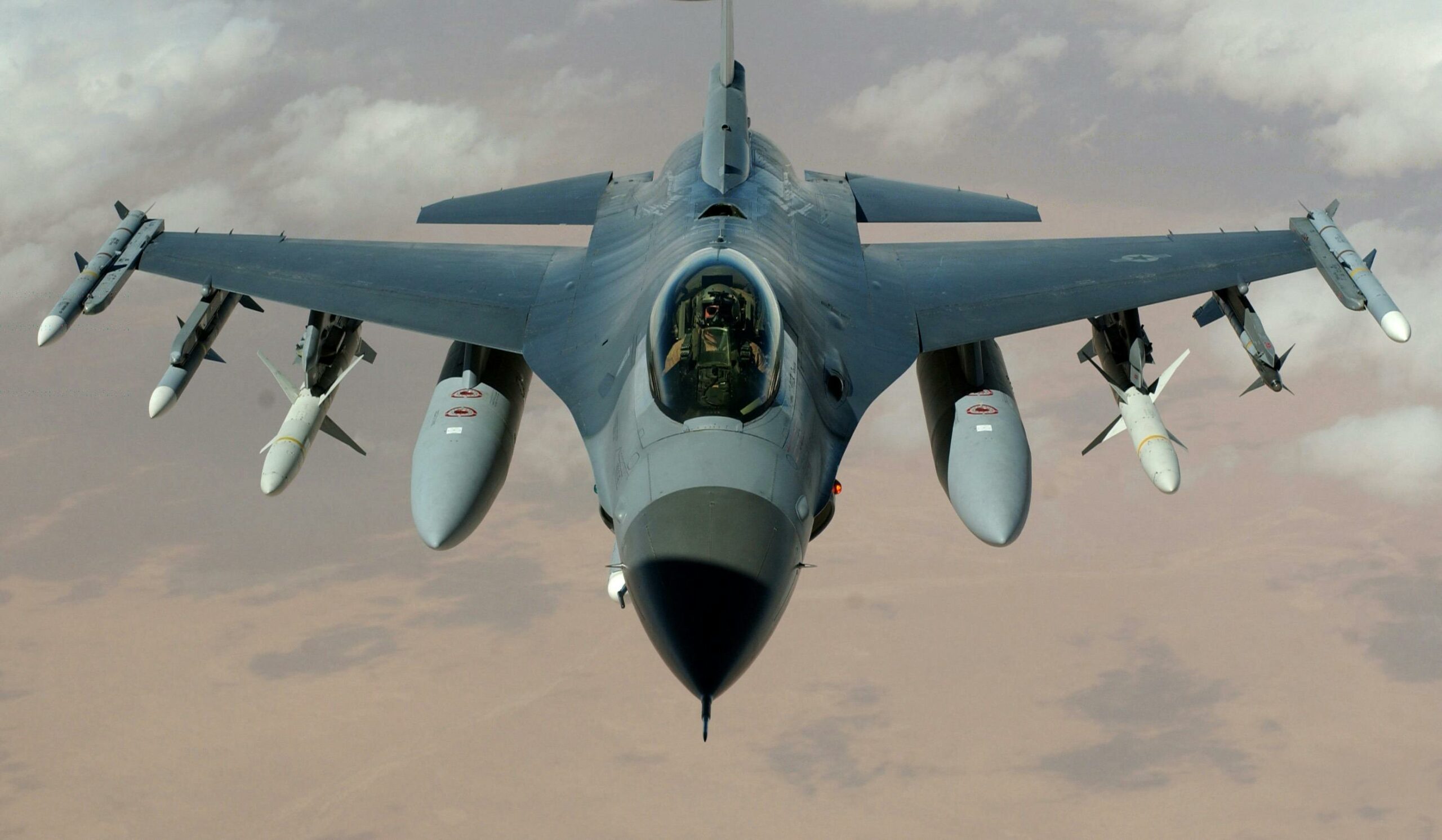The Best Place to Sit on a Plane
for Less Turbulance

When you’re looking for the best seat on a plane to experience less turbulence, there are a few factors to consider. For many passengers, turbulence can be a discomfort during a flight, so it’s essential to know where to sit to avoid turbulence and ensure a smooth ride.
Typically, the best seats on a plane for avoiding turbulence are either over the wings or towards the front of the aircraft. The plane’s wings keep it balanced and smooth, whereas the aircraft’s tail can bounce up and down more, making turbulence more noticeable. By sitting closer to the front of the plane, you will usually feel less turbulence than those seated at the rear.
In addition to selecting the ideal plane seat location, you may want to consider flying early in the morning, as this time is known to have less severe turbulence. By keeping these factors in mind, you can effectively choose the optimal seating for your flight and increase your chances of a turbulence-free journey.
Understanding Turbulence
Turbulence can be an unsettling experience for many passengers during a flight. To better cope with it, it’s essential to understand what causes turbulence and the zones where it is more likely to occur.
There are several factors that contribute to the occurrence of turbulence during a flight:
Jet Streams: High-altitude winds that can cause abrupt changes in the air’s flow, leading to turbulence.
Thermal Turbulence: Heating and cooling of air caused by the Earth’s surface leads to differences in air pressure, creating instability and turbulence.
Weather: Turbulence often arises from the changes in air pressure associated with thunderstorms or other weather events.
Wake Turbulence: The wingtips of a plane create vortices, or swirling air patterns, which can lead to turbulence for the plane and any aircraft following closely behind.
Mountain Waves: Airflow disturbances created by mountain ranges can cause turbulence as air is forced upward and downward from the Earth’s surface.
Best Places to Sit to Minimize Turbulence
Turbulence can be an uncomfortable experience during flights, but choosing the right seat can help you minimize its effects.
The area over the wings is usually considered the most stable part of the plane. Sitting in a seat directly over the wings (typically an economy seat found in rows 10 to 30) can reduce the sensation of turbulence, as the wings help keep the aircraft balanced and smooth. This stability is due to the wings being closer to the plane’s center of lift and gravity.
Front of the Plane
Another good option is to choose a seat towards the front of the aircraft. Passengers sitting closer to the front generally experience less turbulence as they are further from the tail that can bounce up and down more. Additionally, seating in the front may also provide a quieter flight experience, as some planes have engines and auxiliary power units in the rear that can generate noise.
Window Seats
While window seats do not directly contribute to reducing the effects of turbulence, they can provide a helpful distraction. Having a view outside the plane can give you something to focus on, which may help alleviate anxiety and discomfort associated with turbulence. Moreover, window seats allow you to lean against the window for additional support and stability.
By choosing a seat directly over the wings, at the front of the plane, or by a window, you can minimize the impact of turbulence on your flight experience.
Is it better to sit at the front or back of the plane?
It is generally better to sit at the front of the plane, as passengers seated closer to the front typically experience less turbulence. The front of the aircraft provides a more balanced and smooth ride, while the tail of the plane is more prone to bouncing up and down.
Should you sit in the middle or back of a plane?
Sitting in the middle of the plane, particularly over the wings, is generally a better choice than sitting at the back. The area over the wings is considered the most stable part of the plane, as the wings help keep the aircraft balanced and smooth. In contrast, certain seats at the back of the plane can be more susceptible to turbulence and bouncing.
What side of the plane is best to sit on?
There is no definitive answer to which side of the plane is best to sit on, as it largely depends on personal preference and the specific route. However, window seats on either side can provide a helpful distraction during turbulence by offering a view outside the plane, which may help alleviate anxiety and discomfort. In addition, window seats allow you to lean against the window for extra support and stability.
Conclusion
The best place to sit on a plane for less turbulence is either over the wings or towards the front of the aircraft. These areas provide a more balanced and smooth experience, while the tail of the plane is more prone to bouncing up and down.
When booking your flight, try to secure a seat between rows 10 and 30, as this is generally the most stable area. However, be sure to confirm this with your airline, as the optimal seating may vary between different aircraft models. (source)
To further enhance your comfort during the flight, consider implementing some additional strategies to prevent motion sickness, such as:
Avoiding heavy, fatty, or heavily spiced meals 24 hours before flying
Wearing an acupressure bracelet
Avoiding extended use of handheld devices during the flight
Opening the air vents for better circulation
By following these guidelines and choosing the right seat on the plane, you can significantly reduce the impact of turbulence on your flying experience and feel more comfortable during your journey.

